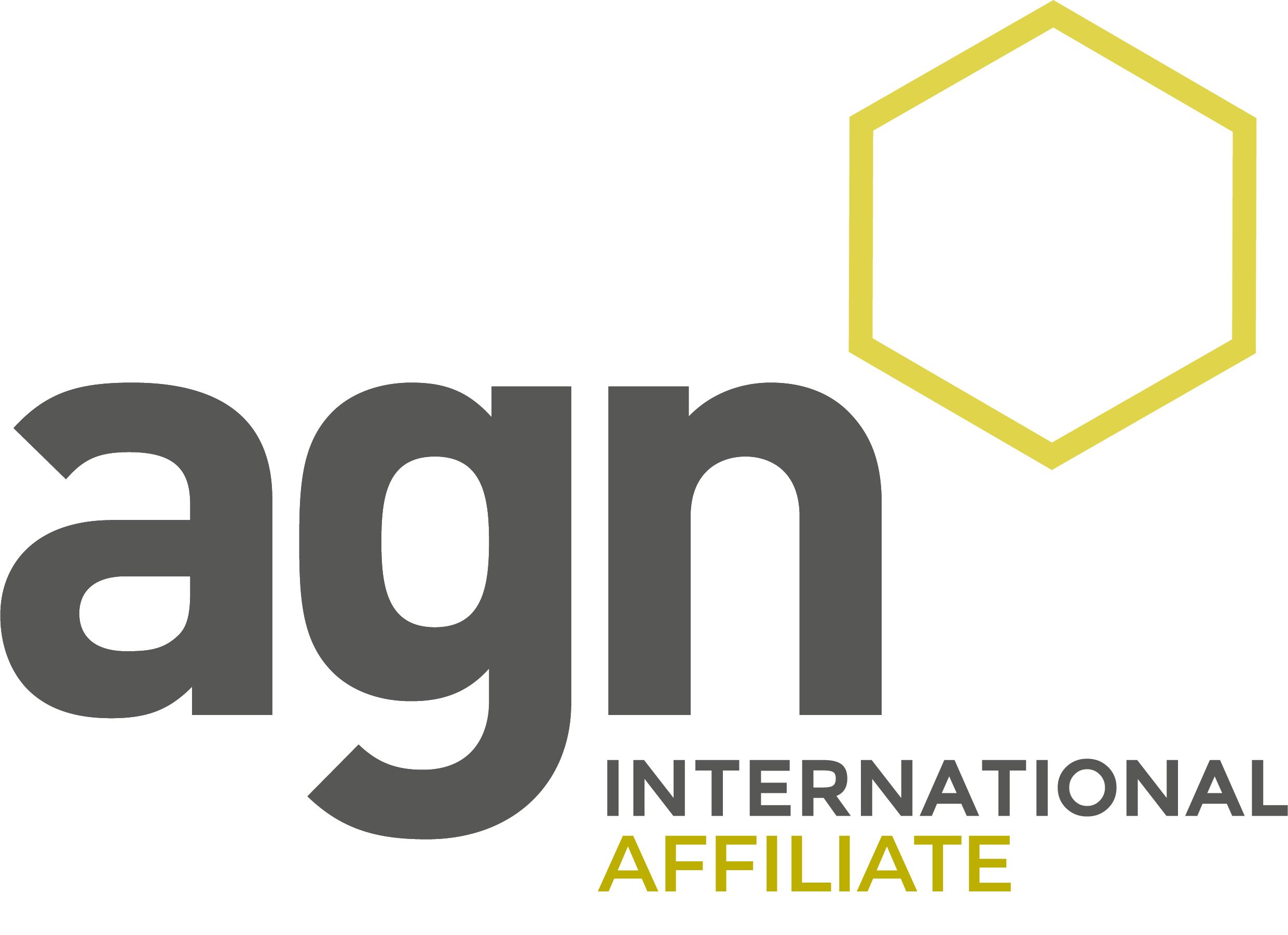Helping you make the transition
Making Tax Digital (MTD) is a government initiative to make it easier for businesses and individuals to get their tax right and to keep on top of their affairs.
Originally announced at the Budget in 2015, the transition to MTD is a building block in the Government’s 10-year strategy into making the tax system ‘more resilient and effective, to boost business productivity, and support taxpayers’.
The first phase of MTD for VAT came into effect on 1 April 2019 for those VAT registered businesses with taxable turnover above £85,000.
From April 2022 HMRC will require all remaining VAT registered businesses not already mandated, to comply with MTD for VAT purposes. For those VAT registered businesses (including self-employed and landlords) that are not already required to operate MTD for VAT under the requirements which applied in April 2019, will from April 2022 have to:
- keep digital records for VAT
- provide VAT returns through MTD compatible software
MTD ITSA
The introduction of MTD Income Tax Self Assessment (ITSA) will see many sole traders and individuals having to change the way, and frequency in which they update their records.
From 6 April 2026 it will be mandatory for businesses to update their records on at least a quarterly basis. This is due to HMRC requiring quarterly submissions of business totals for income and expenditure.

Talk to Forrester Boyd
If you would like us to contact you to discuss Making Tax Digital in more detail please complete our short form.
Frequently Asked Questions
What does Making Tax Digital mean?
Making Tax Digital is the government initiative to digitise the tax system. Eventually all individuals and registered businesses will be required to keep digital records of some description and send electronic submissions to HMRC using compliant software.
VAT is the first phase of this plan, and from April 2022 it will be compulsory for all VAT registered businesses to comply with the Making Tax Digital rules.
How am I affected?
In order to comply, your VAT records need to be maintained digitally in MTD compatible software which has the ability to submit your VAT return directly to HMRC.
You will not be able to log in to your HMRC account to submit your return.
What software is available to me?
HMRC have ensured that there are a number of functional compatible software options available. We have partnered with the market leaders in this space: Xero and QuickBooks Online and would highly recommend one of these packages.
Both are fully compliant with Making Tax Digital, are easy to use and will save you valuable time.
We also support Sage which is compliant if you have an up-to-date version.
Making Tax Digital deadlines
For who |
Date |
VAT All VAT registered businesses not already mandated, regardless of turnover |
April 2022 |
Income Tax Self-employed people and landlords with an annual businesses or property income of over £10,000 |
Delayed to 6 April 2026 |
Making Tax Digital for VAT
From April 2022 all businesses registered for VAT will need to comply with the Making Tax Digital rules.
The digital records you need to keep required from HMRC are as follows:
- Business name and contact details
- VAT number and details of any schemes used
- VAT on supplies made and received
- Adjustments to returns
- Time of supply (tax point)
- Rate of VAT charged on supplies made
- Reverse charge transactions (if your software doesn’t record them, you need to record them twice as a supply made and a supply received)
- Daily gross takings (DGT) if you use a retail scheme
- Purchases of assets you can reclaim tax on if you use the Flat Rate Scheme
- Value of sales made and total output tax on Gold Accounting Scheme purchases (if applicable)
- Documents covering multiple supplies made or received on behalf of your business (by volunteers, third party businesses or employees)
The use of a cloud accounting system such as Xero, Quickbooks or Sage will help to make your record keeping much more streamlined and easier to manage. You will still need to keep these records for 6 years.
Making Tax Digital Software
Compatible software must be used to send digital tax returns. Your digital records don't all have to be on one piece of software.
You can link software in a number of ways, by emailing records or simply linking cells in a spreadsheet. You need to use compatible software to submit your tax return though. HMRC has a list of compatible products if you are not sure.










